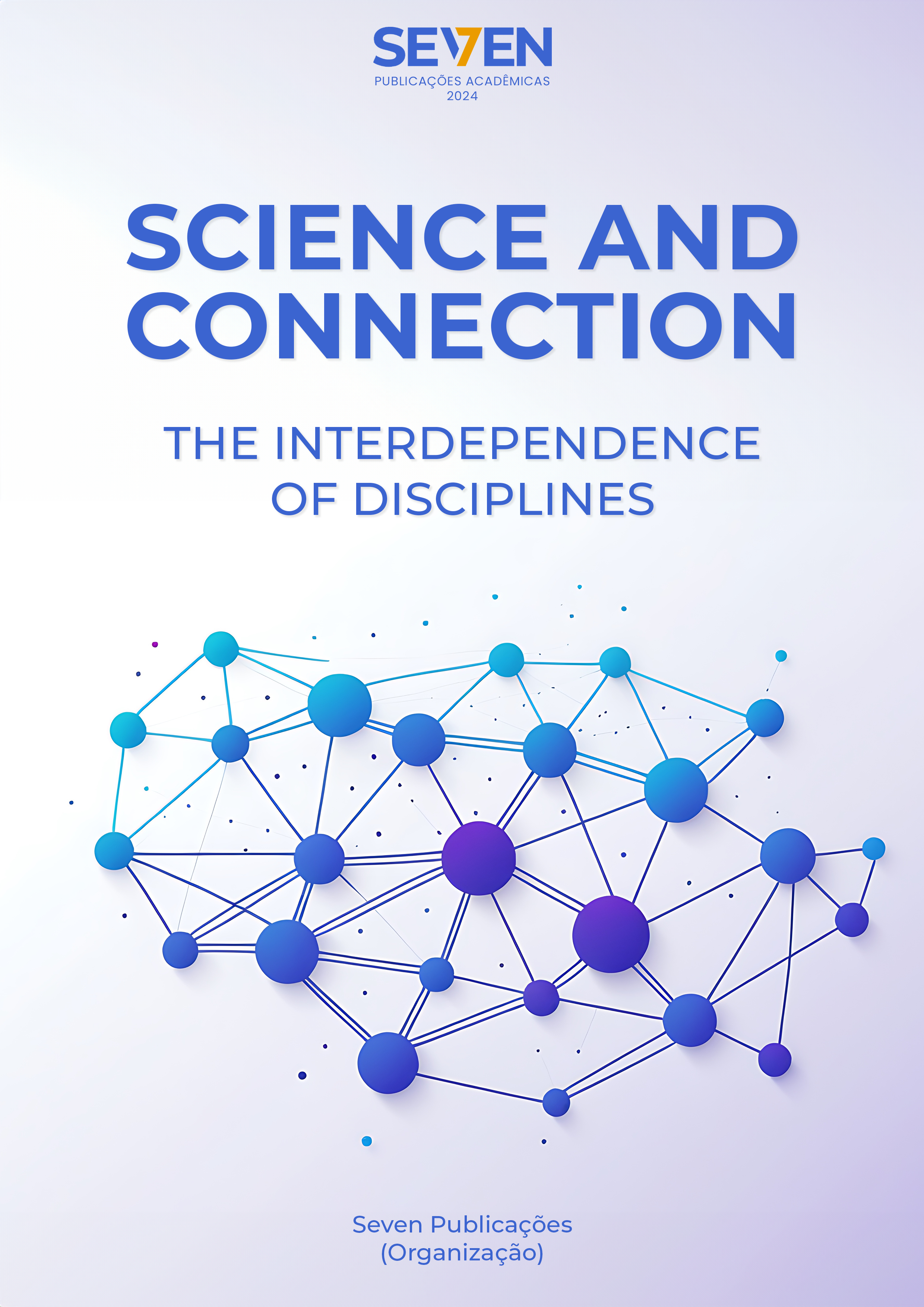GENERAL ASPECTS OF DISTEMPER: LITERATURE REVIEW
Keywords:
Morbillivirus, Distemper, Epidemiology of DistemperAbstract
Morbillivirus has single-stranded, negative-sense RNA and does not have the reverse transcriptase enzyme, and is therefore not a retrovirus. Systemic infection with Morbillivirus can be found in wild canids, procyonids such as raccoons, kinkajous, bears, mustelids, hyenas, big cats, domestic cats, cetaceans, non-human primates, and humans. The great ability of Morbillivirus to cross barriers between species is due to mutations in the H protein of the lipoprotein envelope, making it a pantropic virus. Outbreaks of diseases caused by Morbillivirus have been recorded in different species in the same period of time, because in addition to the high virulence, contaminated animals are reservoirs of the disease and intraspecies and interspecies transmission agents. This characteristic of Morbillivirus makes it difficult to eradicate CCV (distemper virus) infections, although there are vaccines for some affected species. The study of Morbillivirus interactions with different species leads us to discuss the concepts of 'One World One Health', 'One Medicine' and 'One Health', as they correlate with the risks to human and animal health that Morbillivirus represents. The epidemiological surveillance work of the VCC is significantly important because it is an emerging infectious disease that poses a threat to the health of humans and animals. Some studies point out that the measles virus is derived from the distemper virus or the rinderpest virus. This study is a complicated of articles published in the literature, which provide information about the pathological mechanisms used by Morbillivirus to infect the host and brain structures with the description of the lesions. In addition, the present literature review addresses the epidemiology, etiopathogenesis, histological alterations, clinical and laboratory diagnosis of distemper.
Downloads
Published
Issue
Section
License
Copyright (c) 2024 Luanda Ferreira Cipriano, Nicole Amoêdo Luvison, Ketlin Milena Zardin, Rafael Sartori Flores, Oladapo Olawale Afolabi, Camille Moreira Bergamo Barros, Isis Alexandra Pincella Tinoco, Gabriela Victoria Araújo Saraiva, Dreyd Rodrigues Medeiros, Barbara Fernandes Werneck Teixeira, Édios Meurer Lana da Silva, Carolina Aires Martins, Antônio Carlos Paes

This work is licensed under a Creative Commons Attribution-NonCommercial 4.0 International License.





